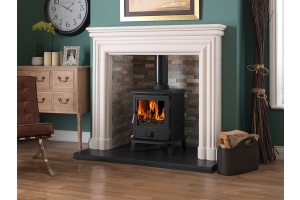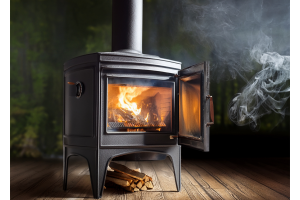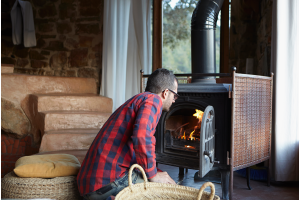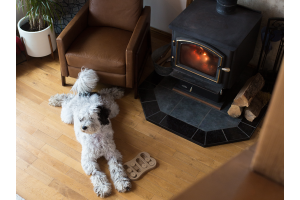Essential Tips to Keep Your Stove Glass Clean and Clear
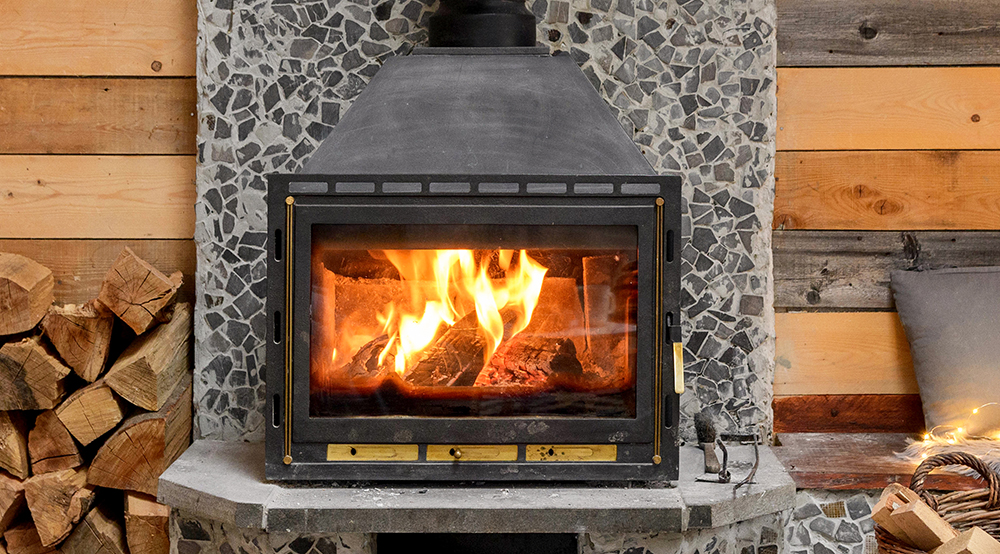
Many of us are embracing the warmth and charm that woodburning and multifuel stoves bring into our homes. However, improper use can lead to issues like blackened stove glass, wasted fuel, and environmental pollution.
Blackened glass is caused by a buildup of soot, creosote, and other combustion byproducts. If the fire doesn’t burn hot enough or wood used is not seasoned properly, it can produce more creosote which caused the glass to blacken.
Check out these essential tips to ensure your stove operates efficiently, while maintaining a clear glass window to enjoy those mesmerising flames.
- Choose Properly Seasoned Wood: Using dry wood with a moisture content of 20% or less is crucial for efficient burning and minimising soot buildup. Look out for the Ready to burn logo to be confident that you are purchasing firewood that has been properly dried.
- Maintain the Right Temperature: Burning wood at the correct temperature is essential for efficient combustion and minimising pollutants. Utilising a stove thermometer helps maintain the ideal temperature range for clean burning and clear glass.
- Ensure Proper Airflow: Maximising airflow, both through your stove's ventilation system and within the firebox, is essential for efficient burning and preventing soot buildup on the glass.
- Avoid Overloading: Moderation is key when adding wood to your stove. Overloading can impede airflow and hinder efficient combustion, leading to increased soot production.
- Opt for Quality Hardwoods: Choosing hardwoods over softwoods ensures a cleaner burn with less creosote buildup, resulting in clearer stove glass and better overall performance.
- Regular Cleaning: Routine cleaning of your stove, including the glass, is essential for maintaining its appearance and performance. Utilise mild abrasives or specialised cleaners to remove soot and creosote buildup.
- Chimney Maintenance: Regular chimney inspections and cleaning are necessary to remove any blockages or buildup that can hinder stove performance and pose safety risks.
- Check Door Seals: Inspect door seals regularly for wear or damage, as leaks can lead to soot buildup on the glass. Replace any worn seals promptly to maintain optimal stove performance.
- Proper Fire Lighting: Follow proper fire-lighting techniques to ensure efficient combustion and minimise soot production. Starting with small kindling and gradually adding larger logs helps achieve optimal burning conditions.
By following these tips, you can ensure your stove operates efficiently while maintaining clear, soot-free glass, allowing you to enjoy the beauty of your fire with peace of mind.





